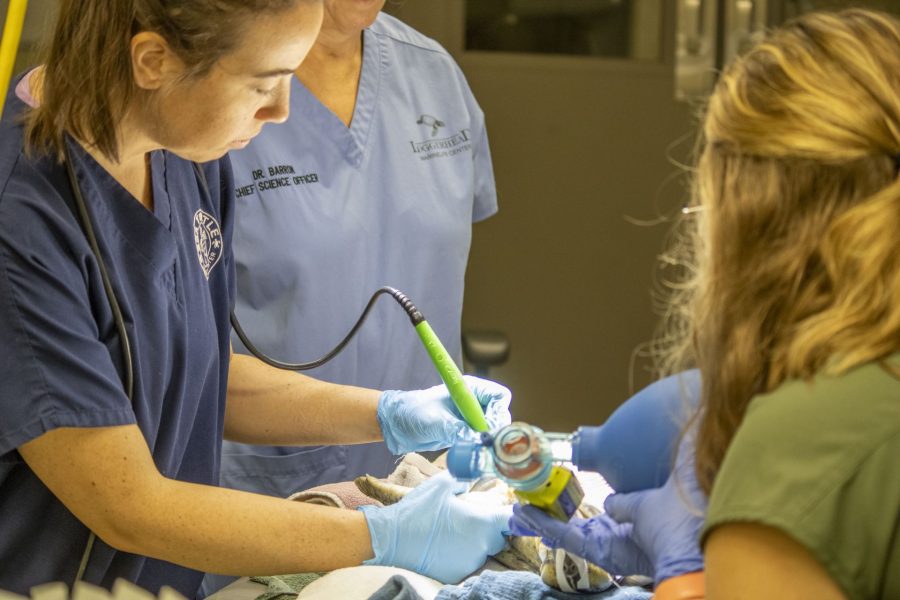Florida’s Brevard Zoo has provided its electroporator to help treat a marine turtle’s tumors at the Loggerhead Marinelife Center. Juvenile green sea turtle Buoy had previously undergone several surgical removals of fibropapillomatosis tumors but suffered from recurrence. As an alternative to surgery, the electroporator delivers electrotherapy into tumors, making them more permeable and leading to their eventual necrosis and falling away. Loggerhead’s chief science officer and vet, Dr. Heather Barron, said the turtle would hopefully be a release candidate.
Introduction
Sea turtles are fascinating creatures that are integral to the marine ecosystem. However, they are also vulnerable to various threats, including accidental bycatch, ingestion of marine debris, and disease. When they suffer from these threats, they need help, and that’s where sea turtle rescue and rehabilitation centers come in. These centers aim to provide the best possible care to every sea turtle patient, and sometimes, that might require lending a flipper to another patient.
Assessing the Need for a Lending a Flipper
Sea turtle patients may require assistance in different forms, depending on the nature and severity of their injuries or illnesses. Sometimes, they may have missing or damaged flippers that require amputation or immobilization. In such cases, they may need the support of a prosthesis or flipper splint to help them swim and navigate their environment. However, providing such consent is difficult, mainly when the rescue center deals with many patients. In some cases, they may have to prioritize patients based on their health status, which can delay providing the necessary flipper support.
The Process of Lending a Flipper
Some rescue centers have developed a lending program for flipper support to bridge that gap. The process usually involves assessing the needs of each patient and determining the appropriate flipper support. The rescue center then assigns a flipper to each patient, which they can use until they no longer need it. After that, the flipper is cleaned and sterilized before being transferred to another patient who needs it.
The Benefits of Lending a Flipper
Lending a flipper has several benefits for the rescue center and the sea turtle patients. For the patients, having access to flipper support can significantly improve their quality of life and increase their chances of survival. They can swim and move around more efficiently, which can help them regain their strength and mobility. For the rescue center, lending flipper support helps them provide better care to every patient, even when their resources are limited. And since the flipper supports are reusable, the rescue center can save on providing new flipper supports for every patient.
Conclusion
Lending a Flipper is an excellent example of how to rescue centers strive to meet the unique needs of each sea turtle patient. By assessing the need for a flipper, providing the necessary support, and reusing the flipper for other patients, rescue centers can positively impact the lives of these fantastic creatures.


